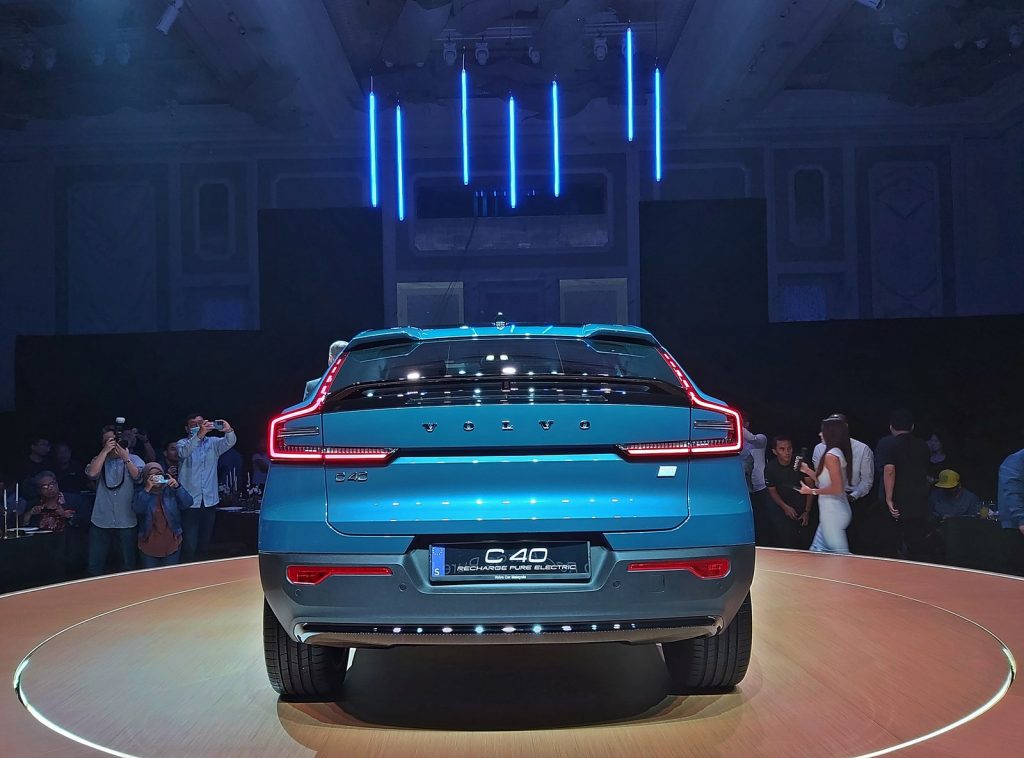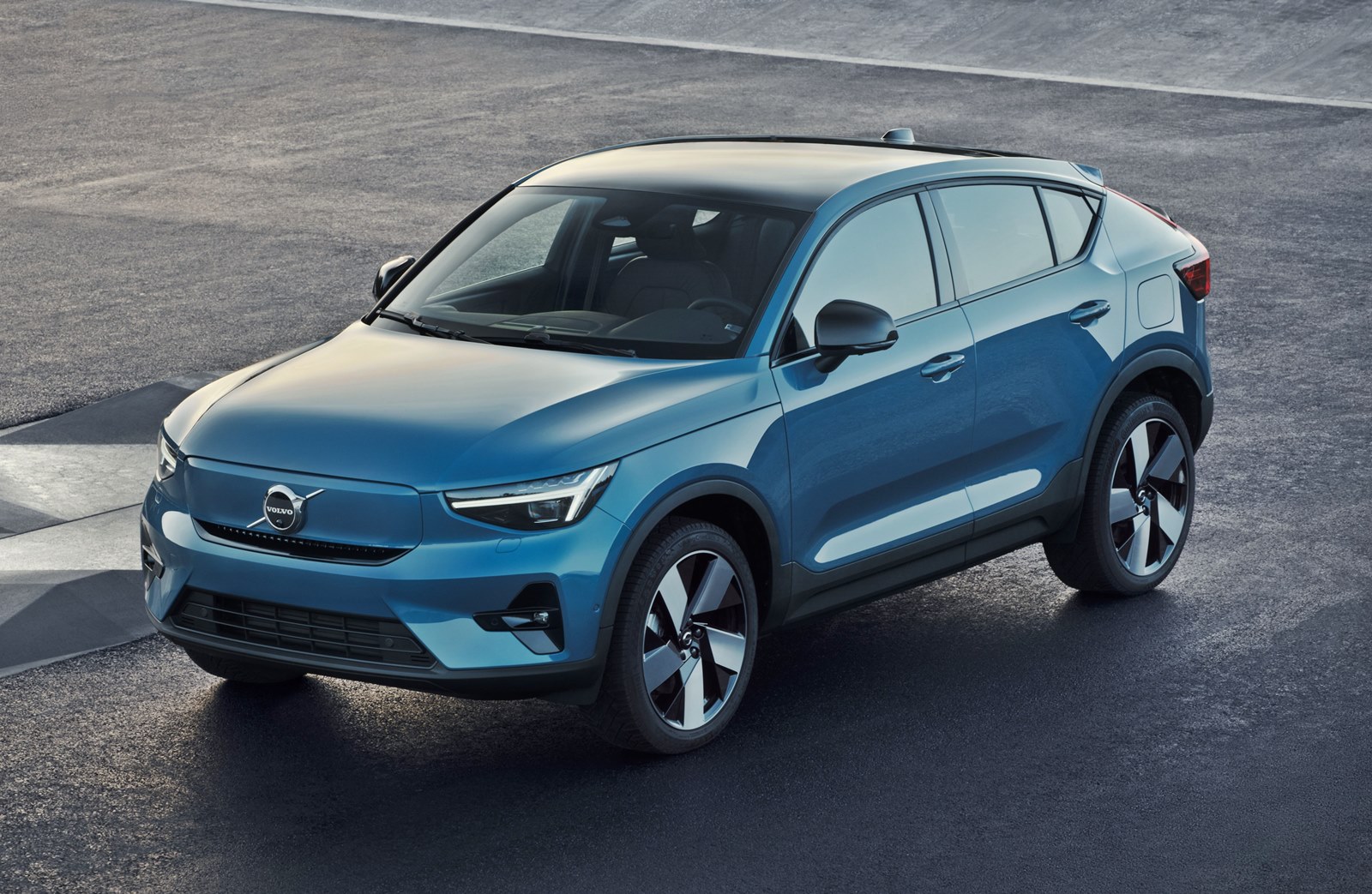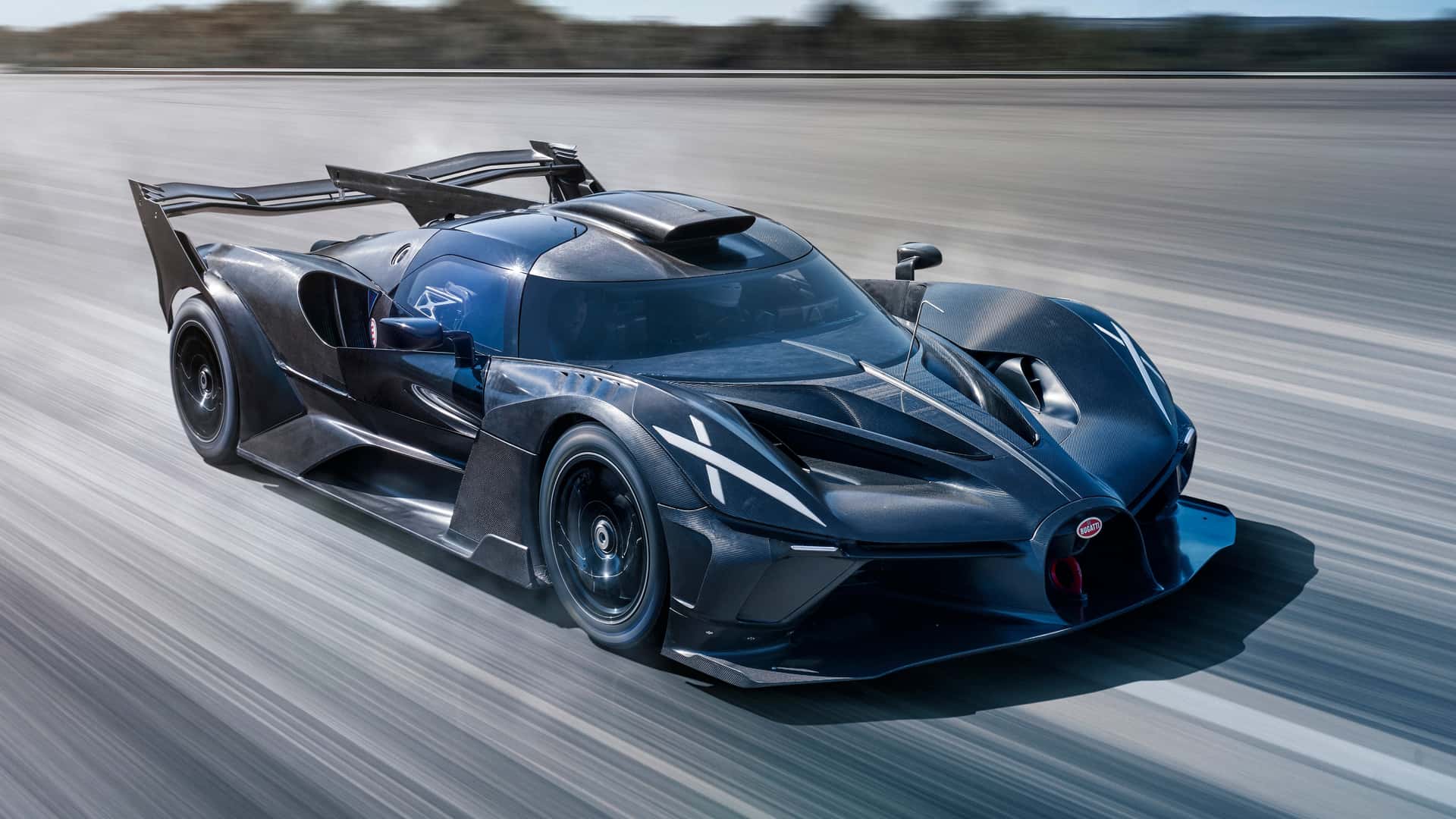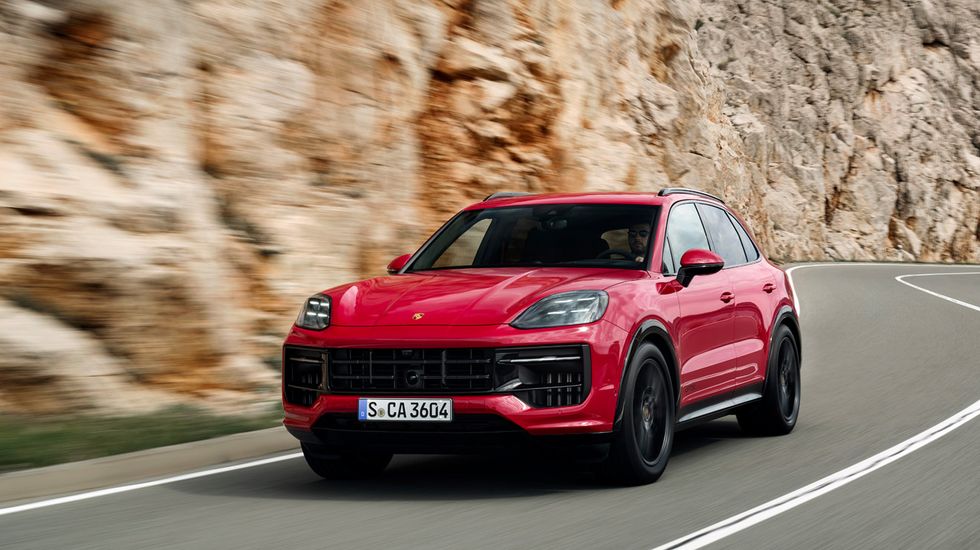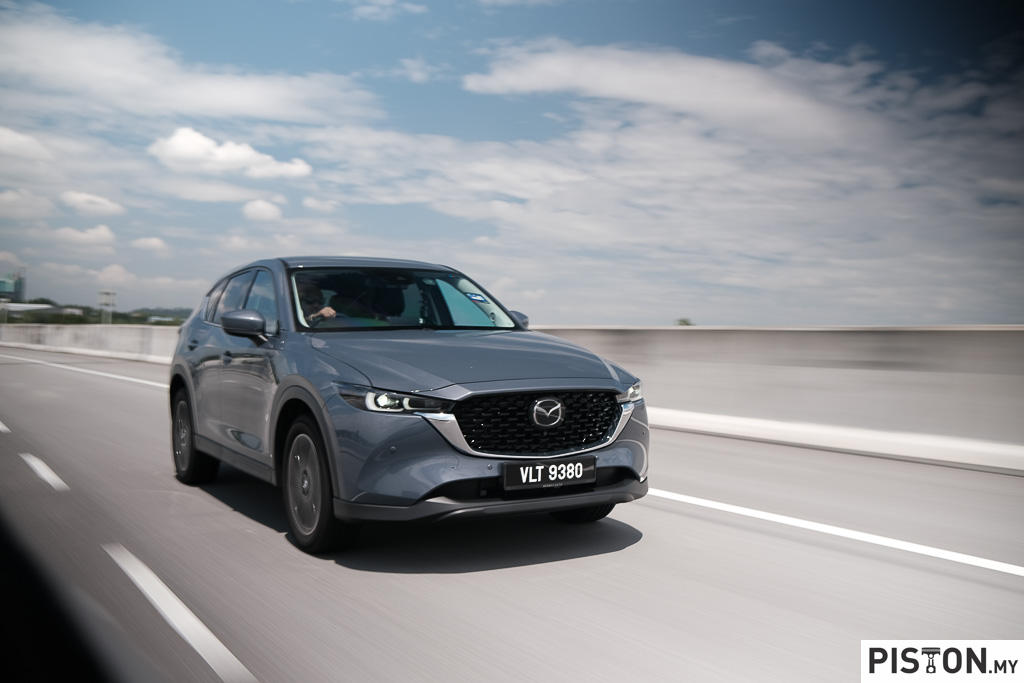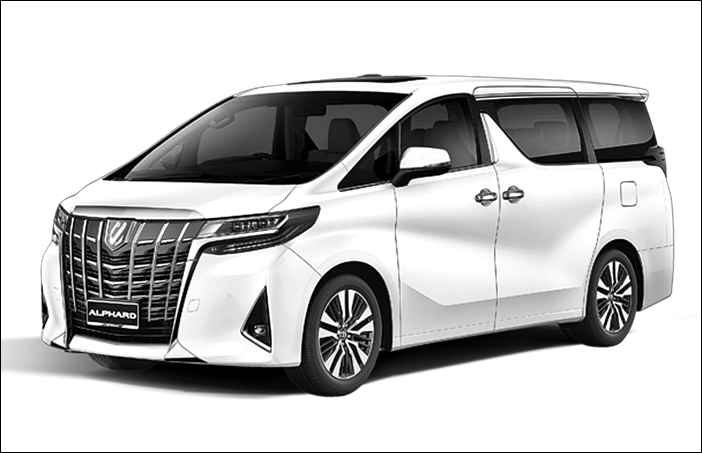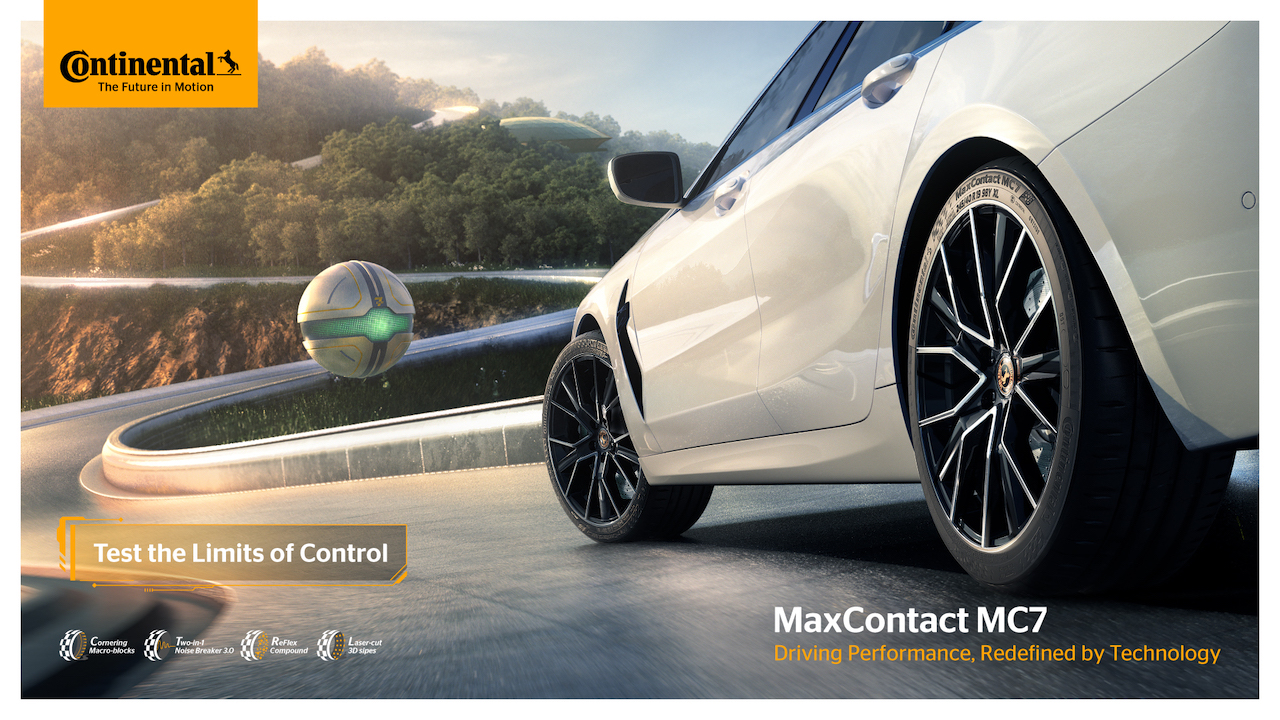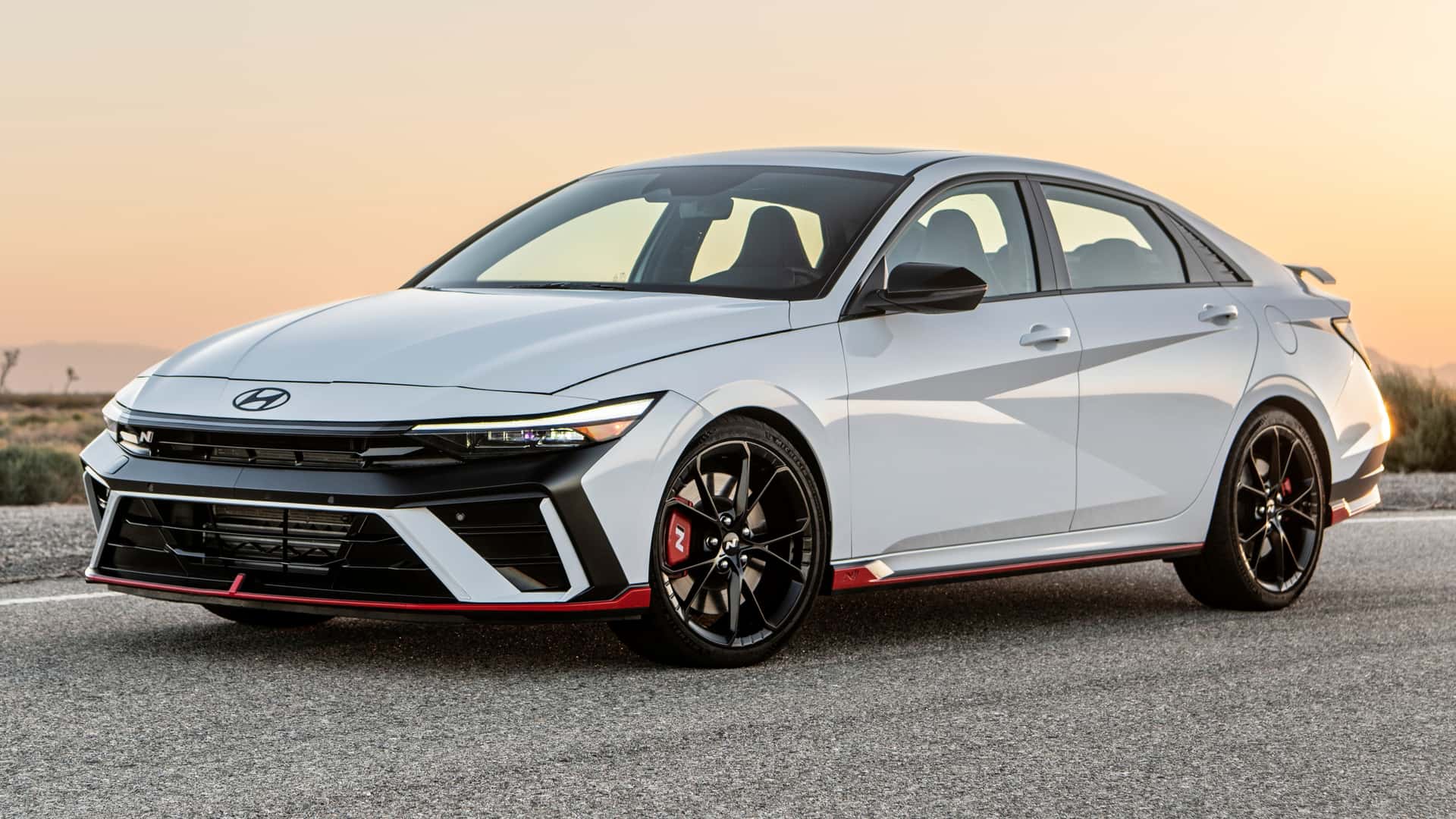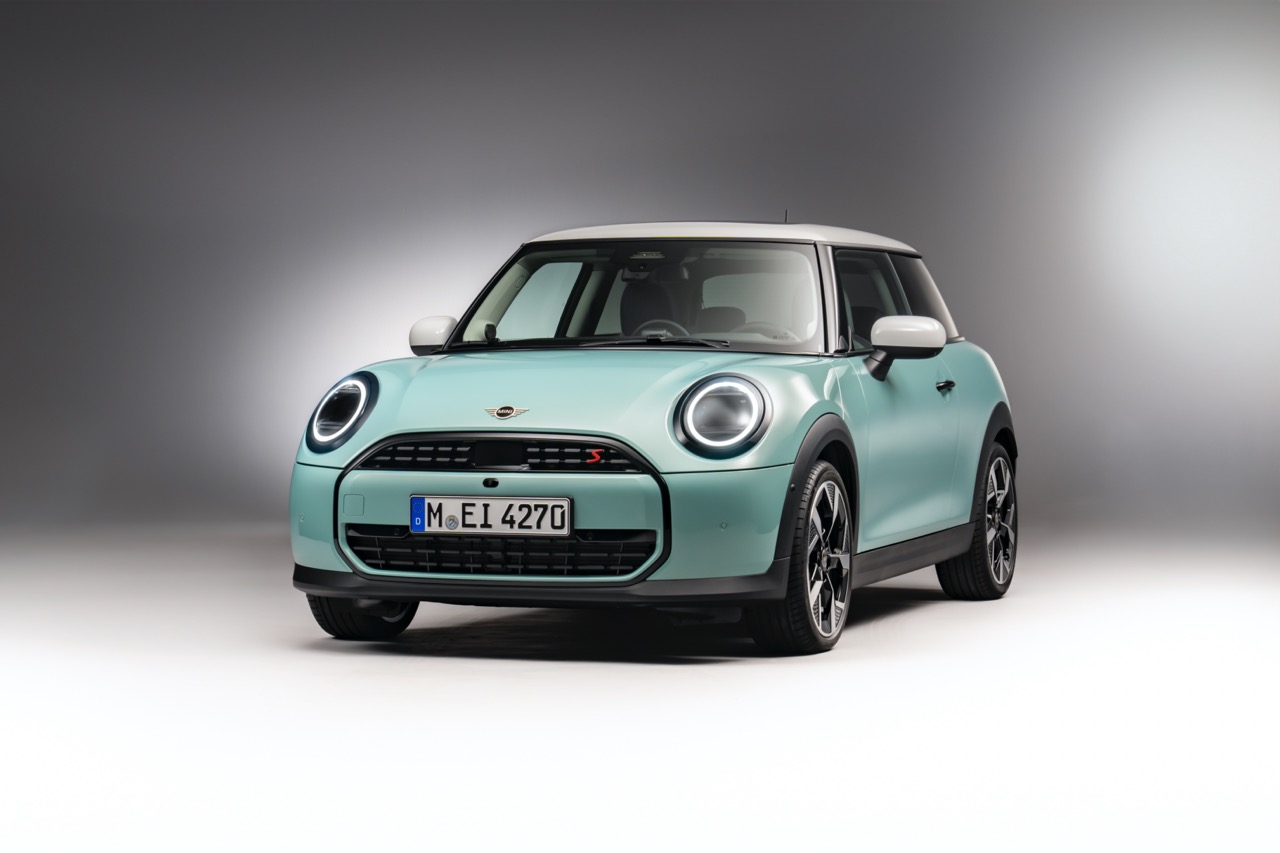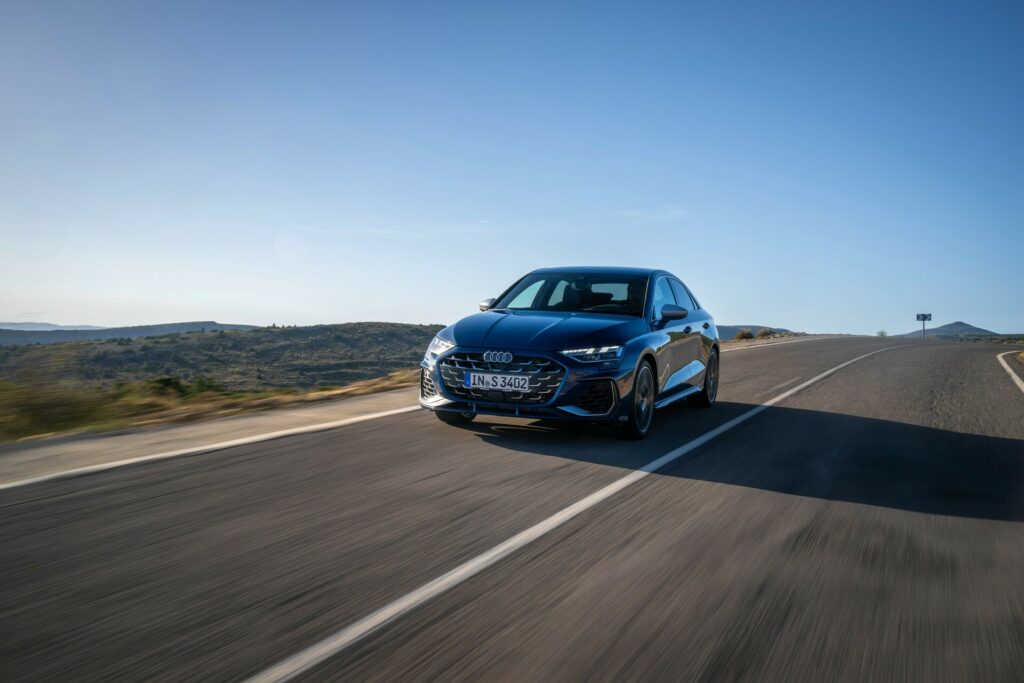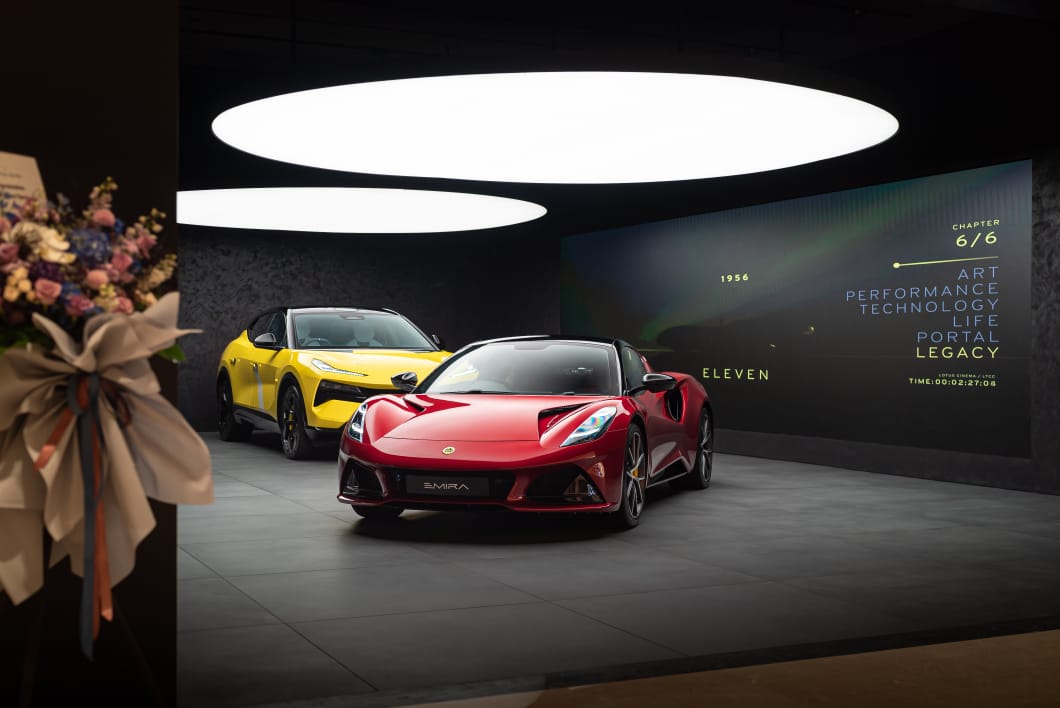It was just 8 months ago that Volvo Car Malaysia (VCM) launched its first battery electric vehicle (BEV), the XC40 Recharge, and in doing so, it was also the first company to assemble a BEV locally. At that time, VCM said that it will launch one new Recharge model (the name given to BEVs) each year during the coming 5 years.
However, even before 2022 has ended, it has already launched the second Recharge model – or perhaps this is considered the one for 2023 (so there won’t be a new model next year). It’s the C40 Recharge Pure Electric and like the XC40 Recharge, it is also assembled locally at the oldest vehicle assembly plant in Malaysia, located in Shah Alam, Selangor. The plant is a regional production hub for Volvo, from which it exports various models around ASEAN.
Only one version of the C40 Recharge is currently assembled and even with tax exemption, it is priced at RM288,888 (without insurance), RM10,000 more than the XC40 Recharge. Still not mass market pricing but then again, this is a premium brand and the technology is expensive too.
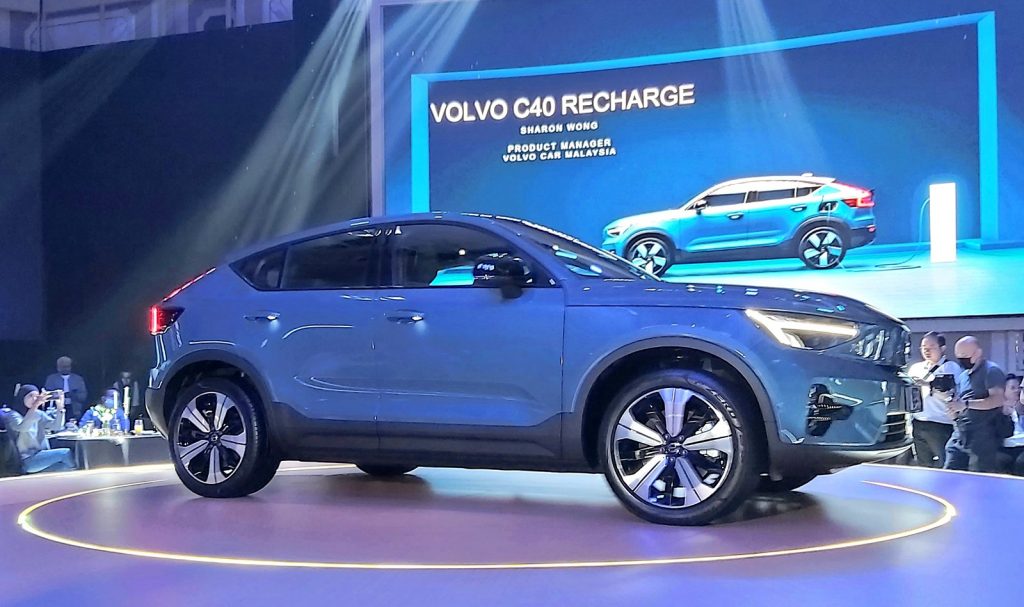
The same… but different
At first glance, the C40 Recharge seems like the XC40 Recharge; both are SUVs but the newer model has a slightly sleeker profile and is more of a ‘coupe SUV’. It has a sportier image for those who may not want the ‘functional’ image of the XC40 Recharge.
While having some common styling elements, the C40 Recharge is of more significance as it was the first BEV produced by Volvo when it was unveiled last year. Unlike the XC40 which has powertrains with combustion engines (engine alone and hybrid), the C40 Recharge is available only with a fully electric powertrain.
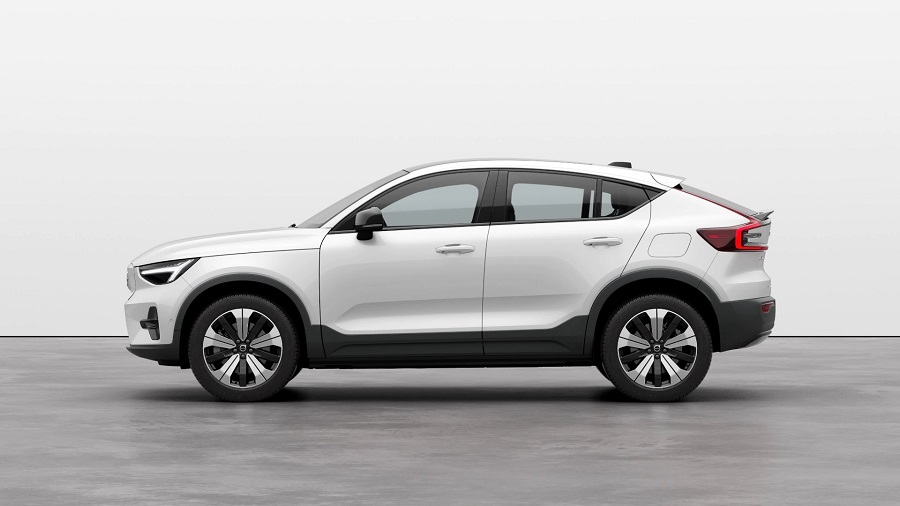
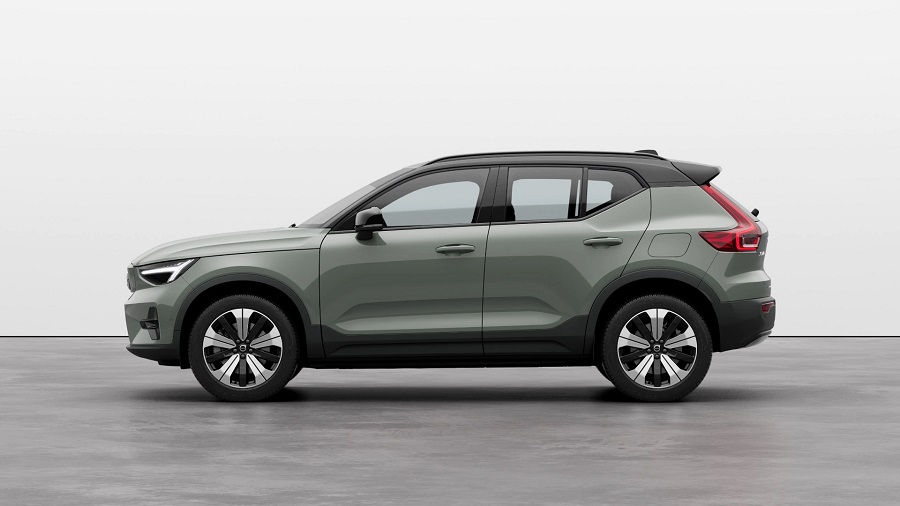
The differing details from the XC40 Recharge can be seen in the signature ‘Thor’s Hammer’ headlights which are augmented with new pixel LEDs. These automatically adjust to light conditions and switch on and off independently to optimise the light pattern. The familiar style for the rear vertical lights is also enhanced with segmentation that soles an engineering challenge of extending one big lamp along the roof line.
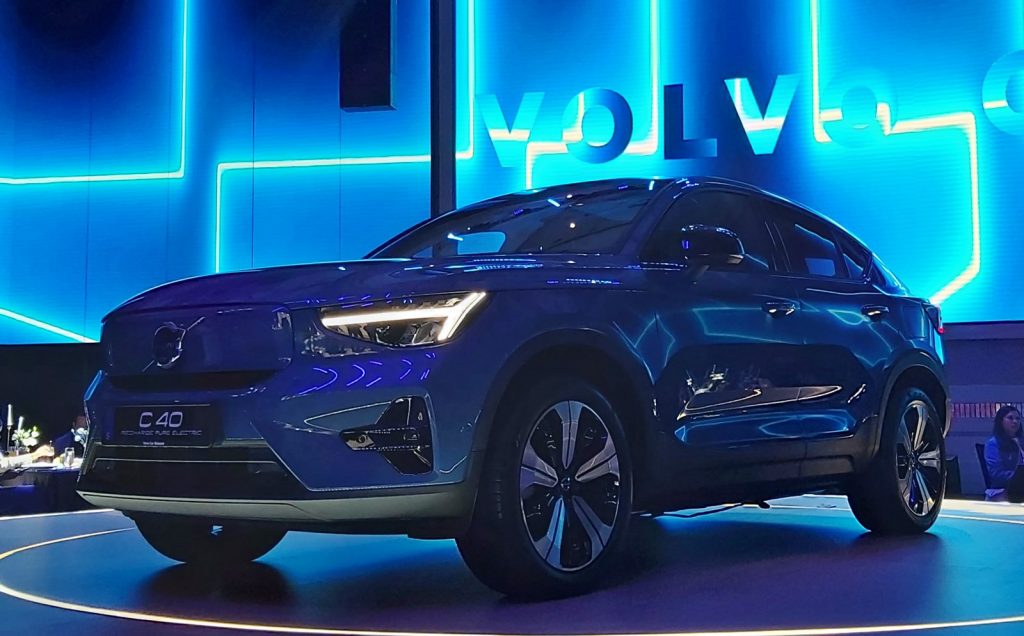
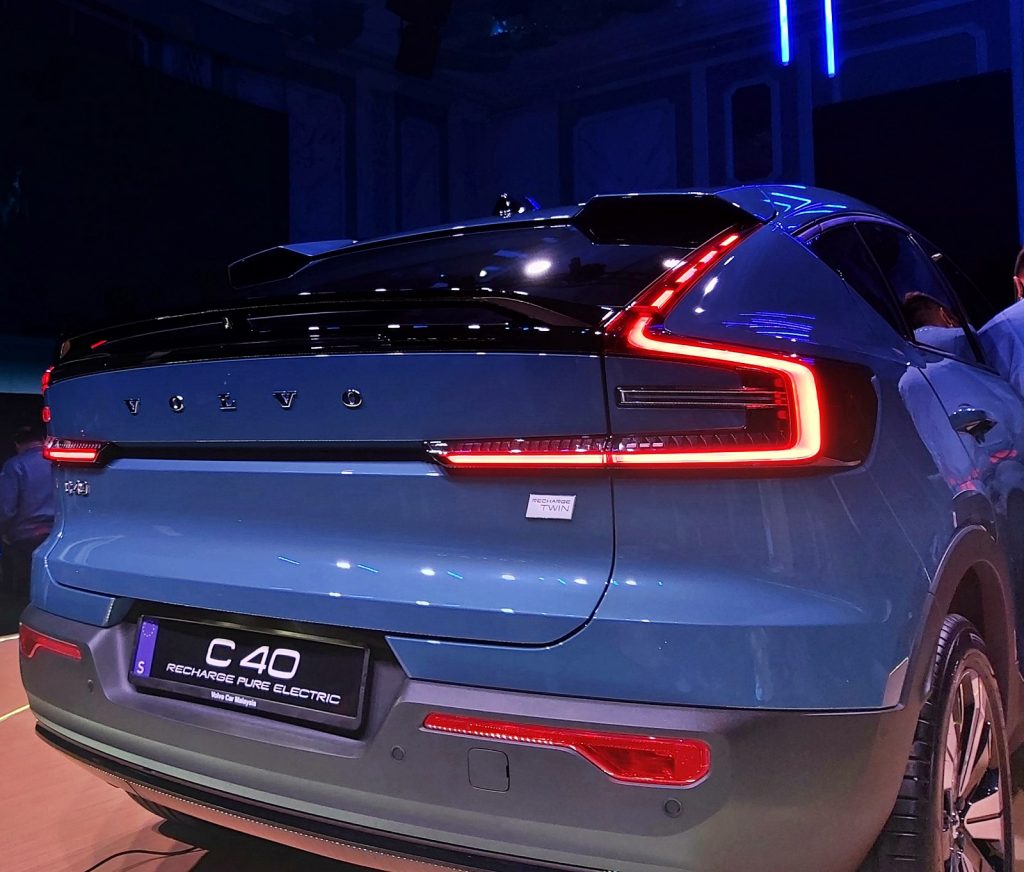
CMA platform
As a derivative of the XC40, the C40 Recharge also sits on the CMA (Compact Modular Architecture) platform that was jointly developed by Volvo and Geely. It’s a versatile platform that is used by various brands in the Geely Group, including Polestar, and with variable dimensions in many areas, it can be used for small and medium-sized models with different bodystyles.
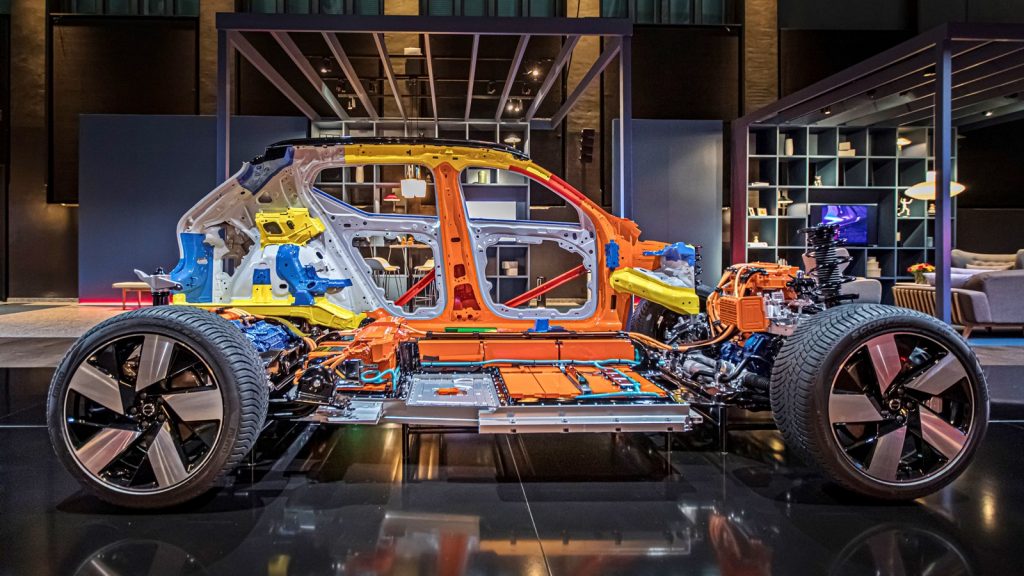
Volvo isn’t particularly detailed when it comes to technical aspects of its vehicles and provides very basic information. The C40 Recharge has all-wheel drive with an electric motor at each axle, and a single-speed transmission. The total output is 408 ps/660Nm of torque which gives it a claimed 0 to 100 km/h capability of 4.7 seconds.
The lithium-ion battery pack, positioned between the two axles, has a 78 kWh capacity (75 kWh usable) and is said to be good for a range of over 450 kms. Recharging time can be within 28 minutes (10% to 80%) if the vehicle is hooked up to a DC high-speed charger that has a 150 kW supply. If you recharge at home, it will be an overnight affair (from 0% to 100%) and can take 8 to 12 hours, depending on the AC power supply.
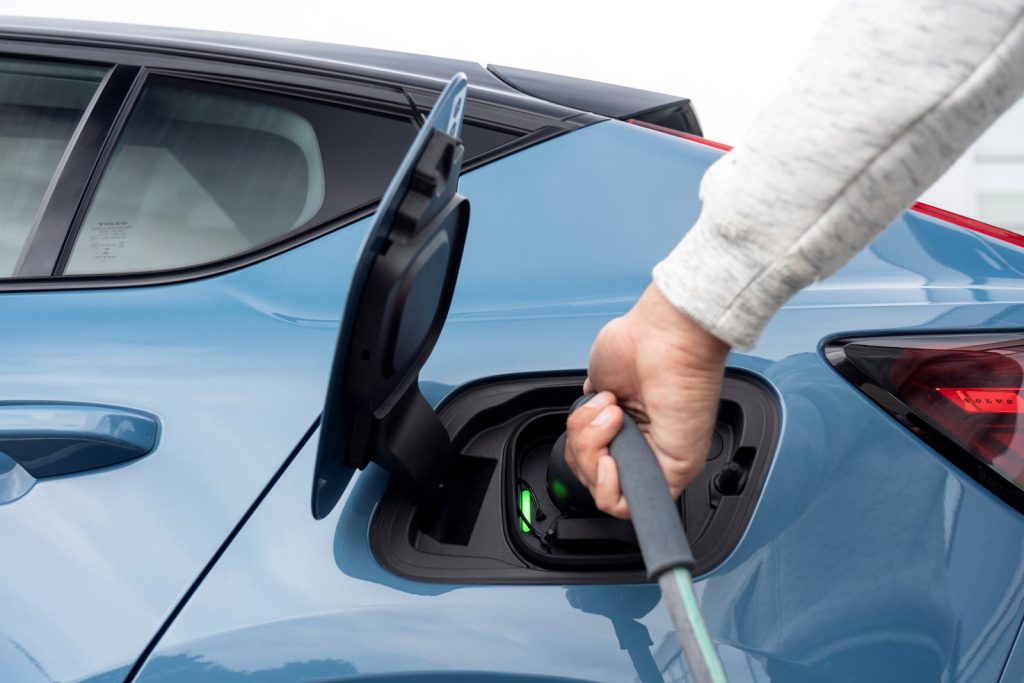
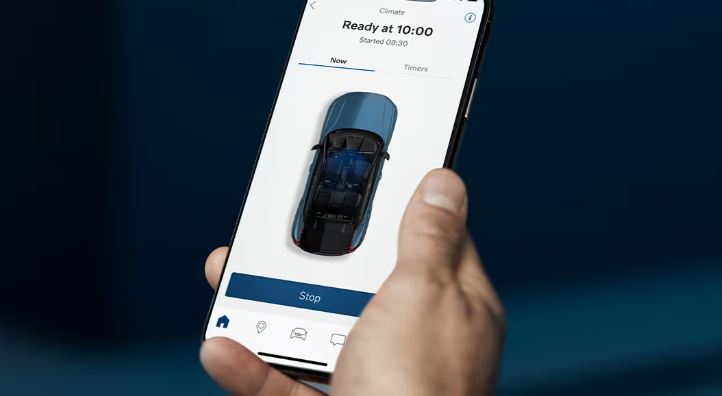
Upgrade your electrical system
The idea that you can simply plug into a 3-pin wall socket is almost a myth as it is advisable to upgrade your electrical system for the purpose. Ideally, you would want a 3-phase power supply, rather than the 1-phase which many houses usually have. That’s one of the costs that someone wanting to buy an EV will have to keep in mind and the upgrade of the electrical system at home costs around RM7,000.
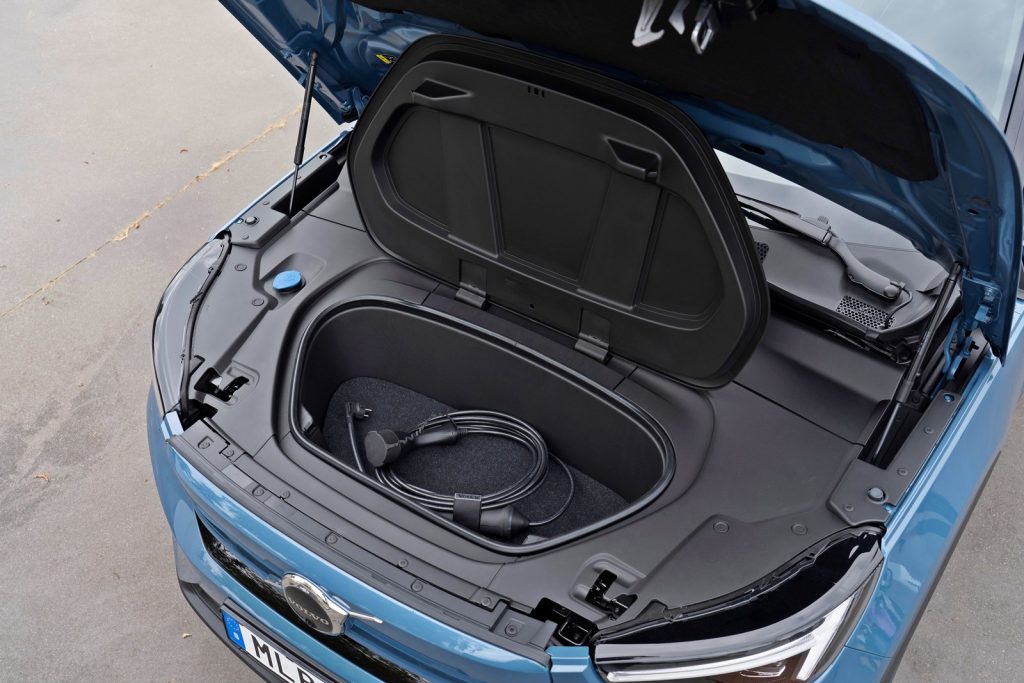
The larger the battery pack, the more expensive it will be (which is why some carmakers put in a smaller one for the cheaper variants). Battery technology has improved greatly in the past 10 years and there’s greater reliability. But should the battery pack in the C40 Recharge be defective or fail in the first 8 years (or first 160,000 kms), VCM will replace it under warranty. For the rest of the vehicle, there’s a 5-year manufacturer’s warranty.
Scandinavian design, as always
The interior is pretty much the same as the XC40 Recharge which means it is very ‘Scandinavian’. Volvo has long used its Scandinavian roots as a selling point, and Scandinavian design is all about simplicity and functionality. Volvo has also been sensitive to environmental issues even before the urgent concerns in recent times, so it has always been ahead in sustainability with its processes. Now it makes sure that the materials used – even the steel – in its models are of sustainable quality or carbon neutral.
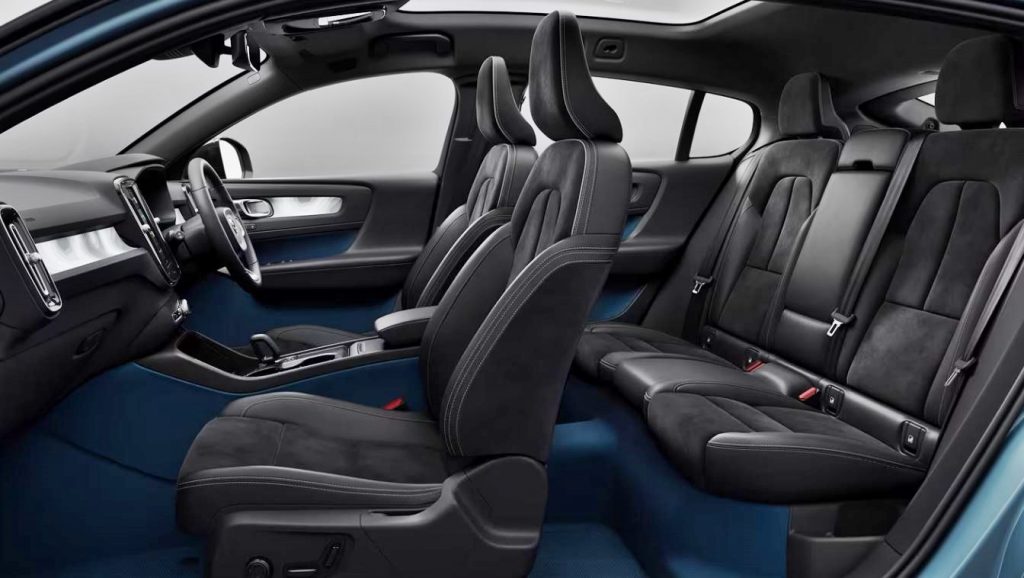
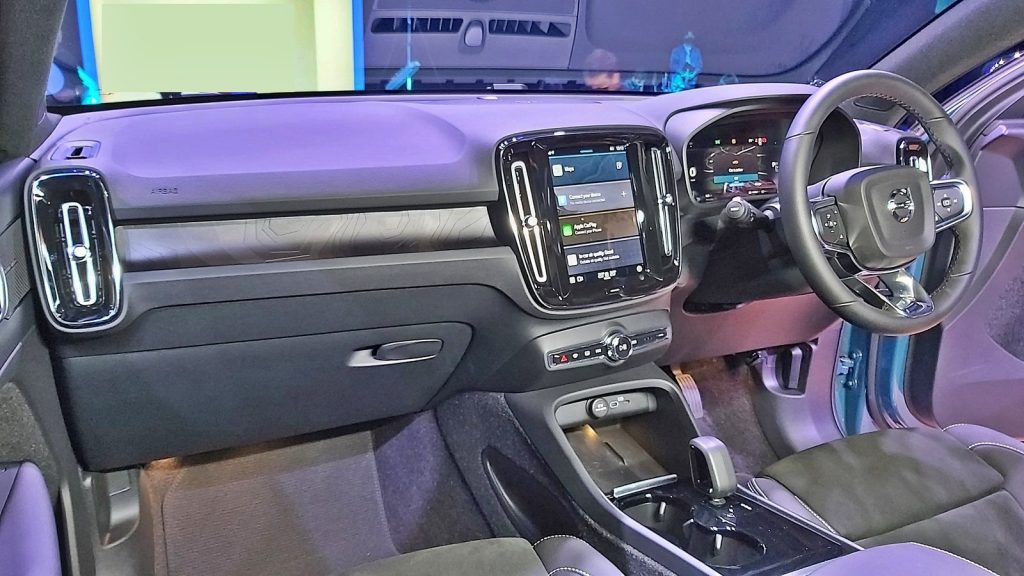
The layout of the interior has a sense of organisation and thoughtfulness, with functionality very evident. The simplicity means that the driver is not distracted having to look at different areas and most of the management of features is done at the 9-inch vertical central display.
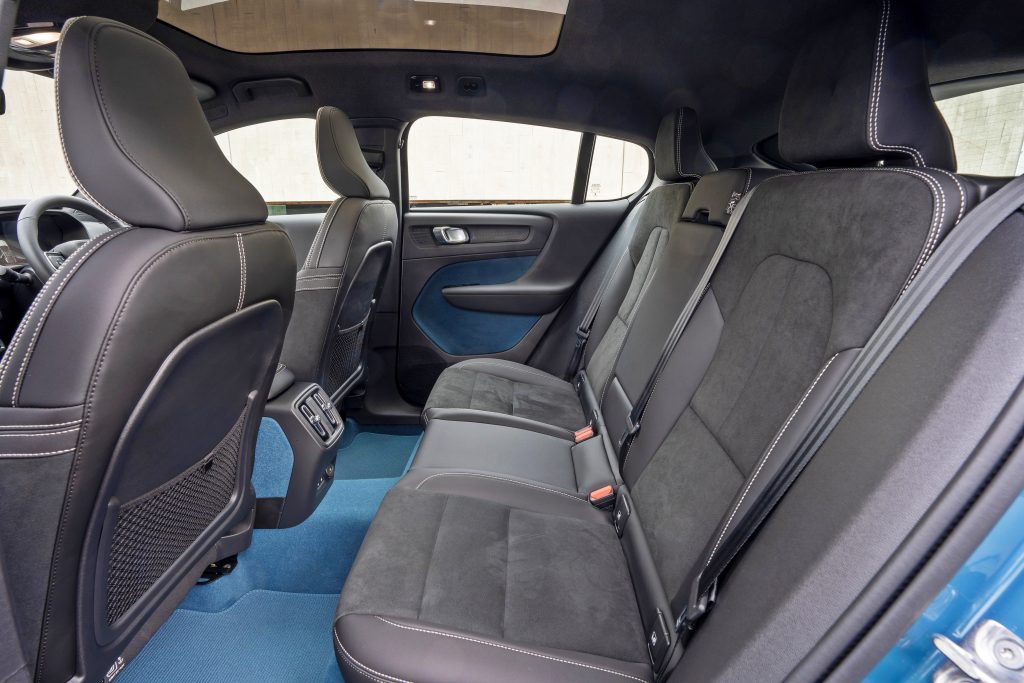
As with many other EVs these days, the owner can use an app supplied by the carmaker to monitor the status of the vehicle, especially during charging. Other remote features with the Volvo app are locking and unlocking the doors, climate control activation and also operation of the lights and horn to find the vehicle. These are offered under the Digital Services Package which is free for the first 4 years and then a subscription fee will be charged after that if the owner wants to continue using the services.
Android built-in
Like the XC40 Recharge, the C40 Recharge comes with an Android operating system specially customised for Volvo vehicles by Google. This means that there is no need to connect using Android Auto as the popular Google apps and services are built-in. The software for various systems will be regularly updated and this is done ‘over the air’, so the owner does not have to go to the service centre.
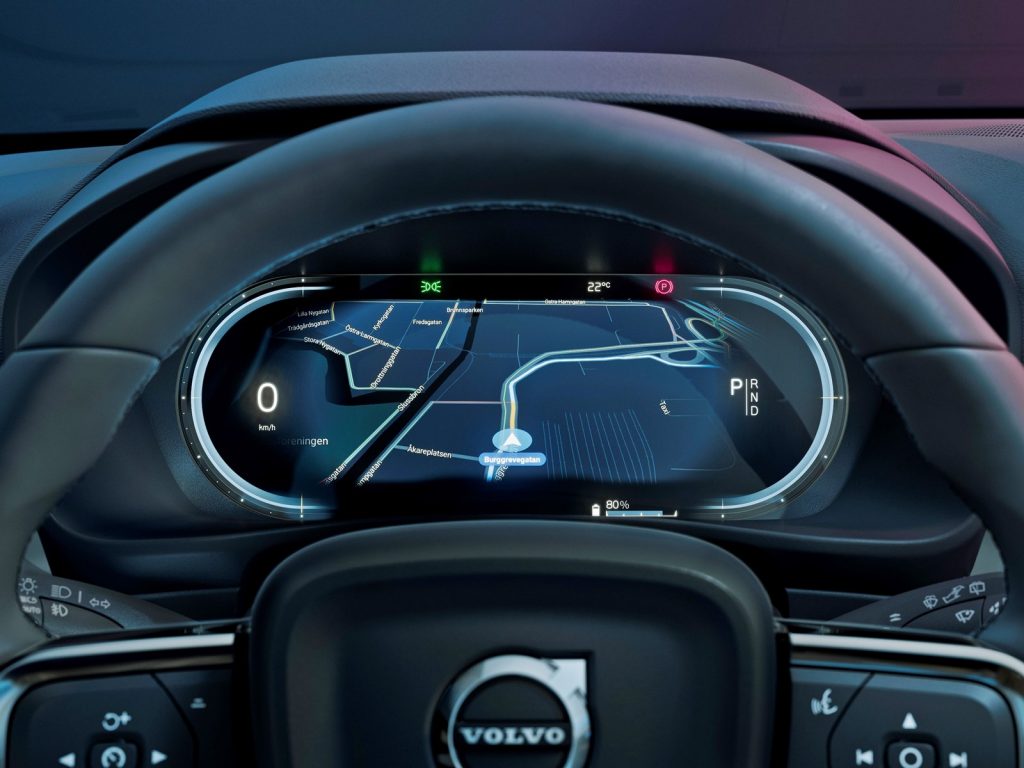
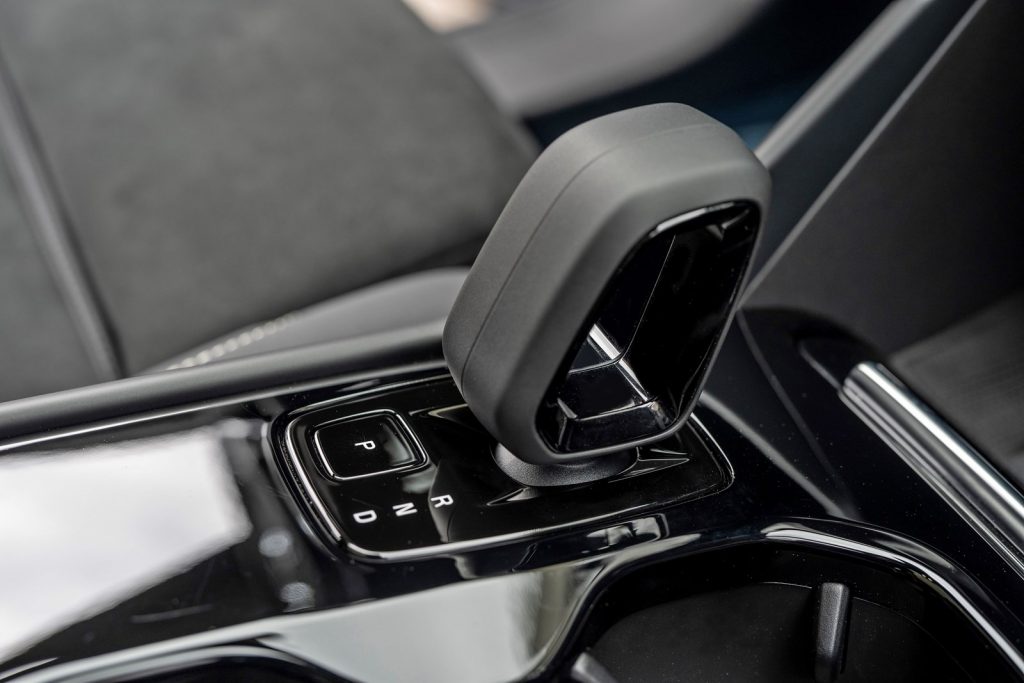
With the C40 Recharge, another interesting design element is introduced which has its origins in the Swedish landscape. The backlit translucent graphics on the dashboard and front door panels may seem like just fanciful patterns but they actually reference the topography of Sweden’s Abisko national park. The designers traced the topography of the park and used the contours to create an abstract digitalised design with a layered pattern. When the light from LED lamps comes through across the surface, there is an atmospheric 3-dimensional effect. Certainly a nice change from wood!
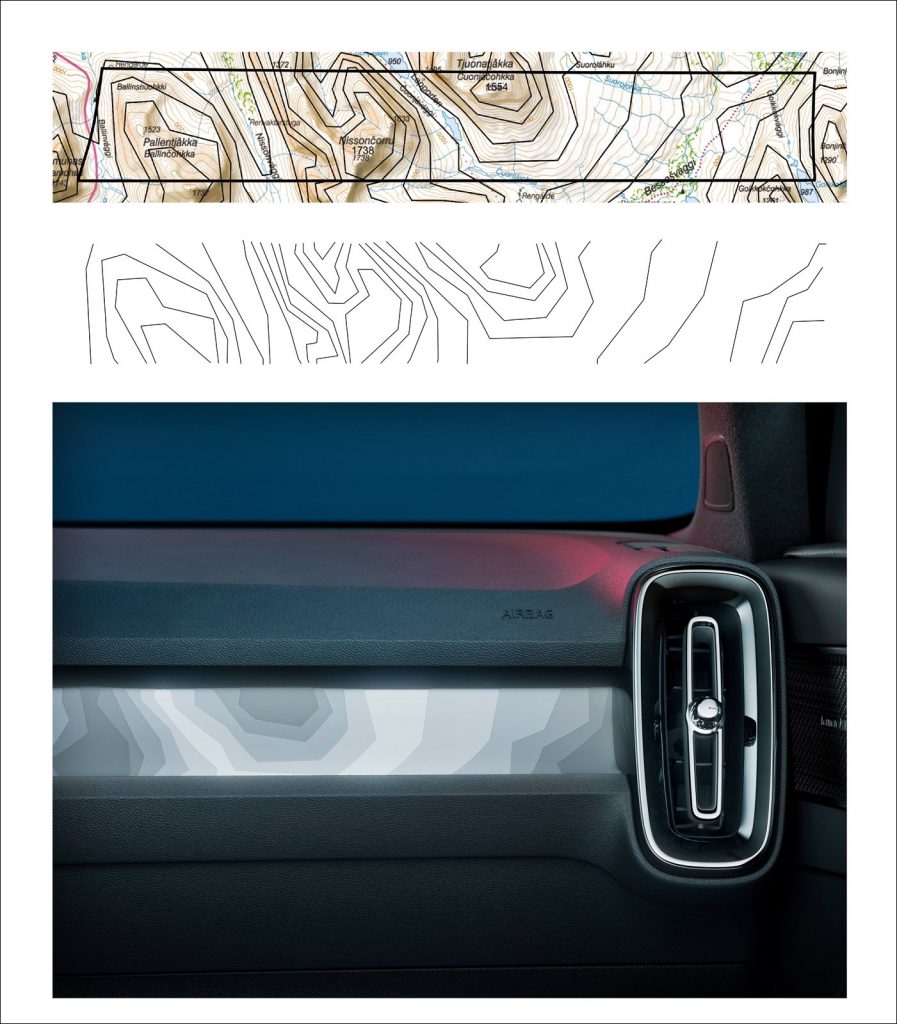
The topography trim panels are among the high amount of sustainable materials used for the interior. They are partly made of recycled plastic, while the carpet is made of 100% recycled PET plastic bottles.
Leading in safety
Volvo has kept safety as its highest priority and it is an undisputed leader in this area. Today, it continues to lead with its latest Intellisafe system that provides an Advanced Driver Assistance System (ADAS) with an array of radar, cameras and ultrasonic sensors. It has active systems that can act autonomously to prevent accidents and in fact, Volvo developed autonomous braking over 20 years ago.
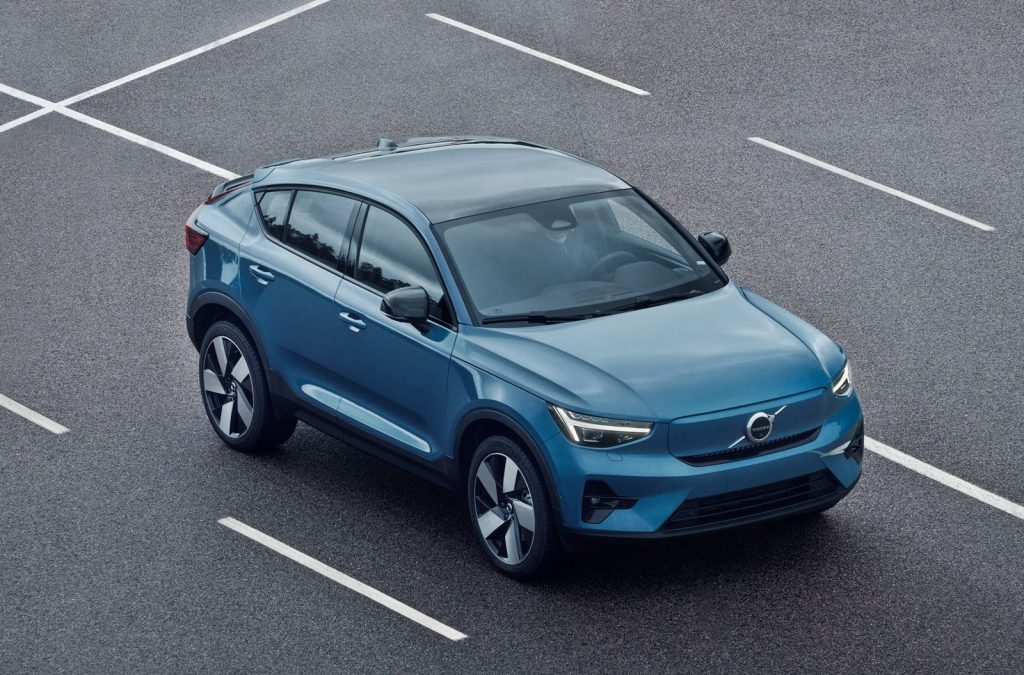
The C40 Recharge has a comprehensive list of active and passive safety systems, like all Volvos, but being a BEV, there are additional considerations for the engineers. In particular, the high-voltage battery pack has to be properly protected during a collision. The CMA takes this into account and there is a safety cage embedded in the middle of the body structure. This creates a built-in crumple zone around the battery pack, just as the structure above it forms a safety cage for the occupants.
New Online Sales channel
With the C40 Recharge, VCM is introducing a ‘Direct-to-Customer’ process which uses online channels. More than just a website to inform and accept orders to start the purchase process, this new facility enables customers to buy directly from VCM. Almost every step of the purchase process, including all payments, can be done online and for signing documents, either a salesman will visit the customer or the customer can go to the showroom.
Unlike other companies which assign a dealer (or the customer chooses one) to handle the purchase, VCM is more involved in the transaction. The customer can choose a preferred dealer but the transaction is still done through VCM. The dealer is, however, not excluded and does the ‘legwork’ – arranging for financing, insurance, etc – and of course gets a commission. Delivery of the new vehicle will also be done by the chosen dealer.
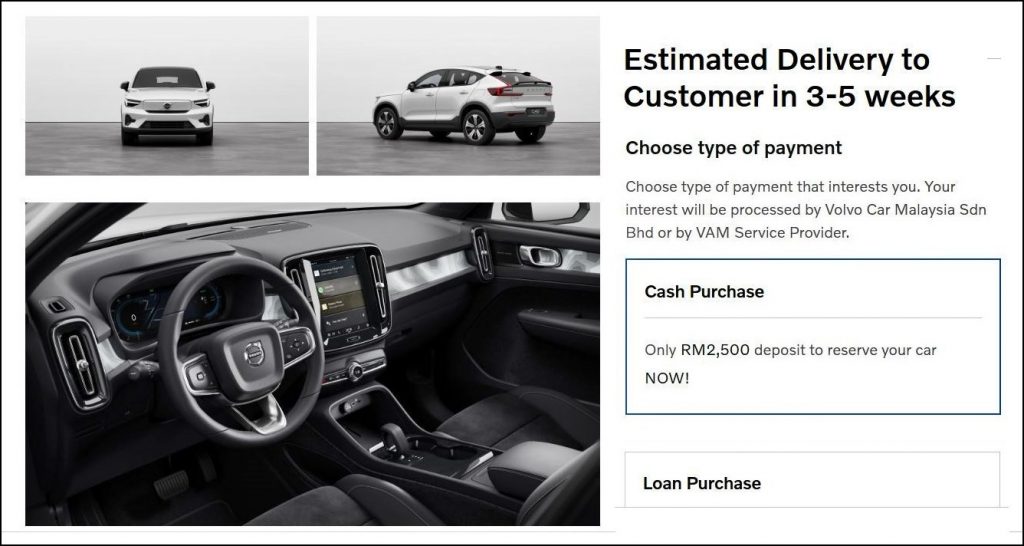
Dealers can still sell directly from their outlets as well and they would have the advantage of being able to offer a test-drive as well. However, VCM feels its Online Sales Channel will provide better transparency and customers will be able to see what is in stock, and how long they will have to wait. They can ‘customise’ their vehicle though, in Malaysia, there are very few options to choose from apart from the colour.
“The Online Sales platform will be instrumental in assisting the company’s nationwide retailers in delivering an outstanding Swedish luxury experience to all the customers. Our customers’ journey to owning a Volvo will be seamless from here on, and one that is in line with our hassle-free price. Together with our authorised dealers, the Online Sales platform will enhance the buying experience of every customer,” said Charles Frump, Managing Director of Volvo Car Malaysia.
